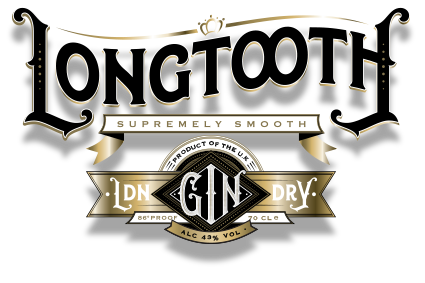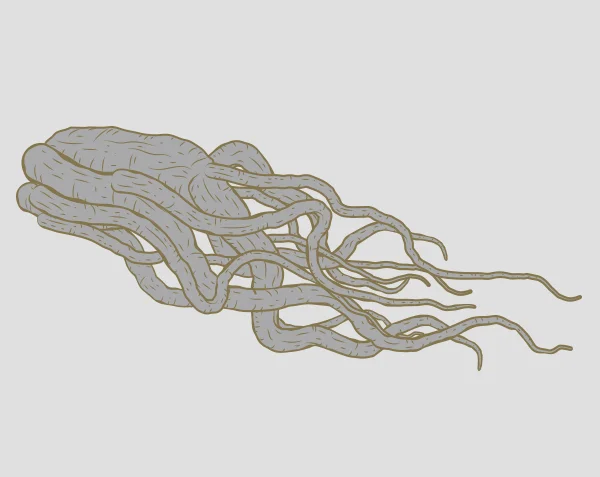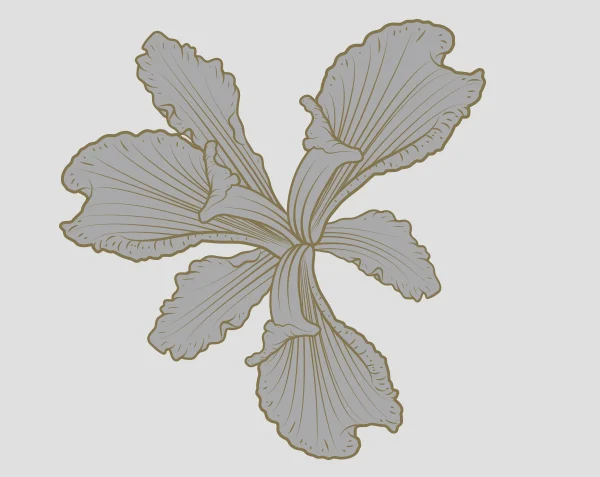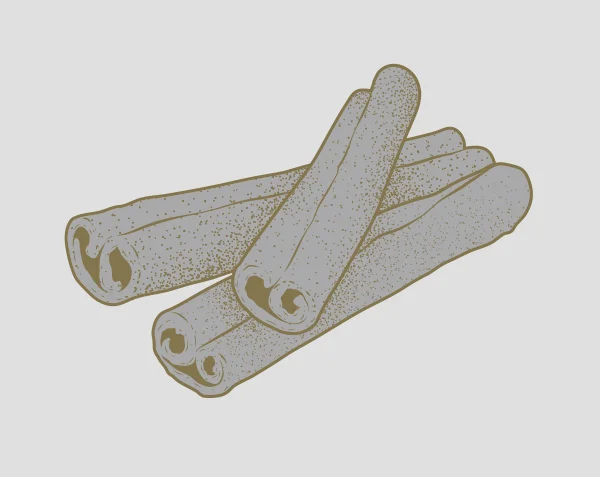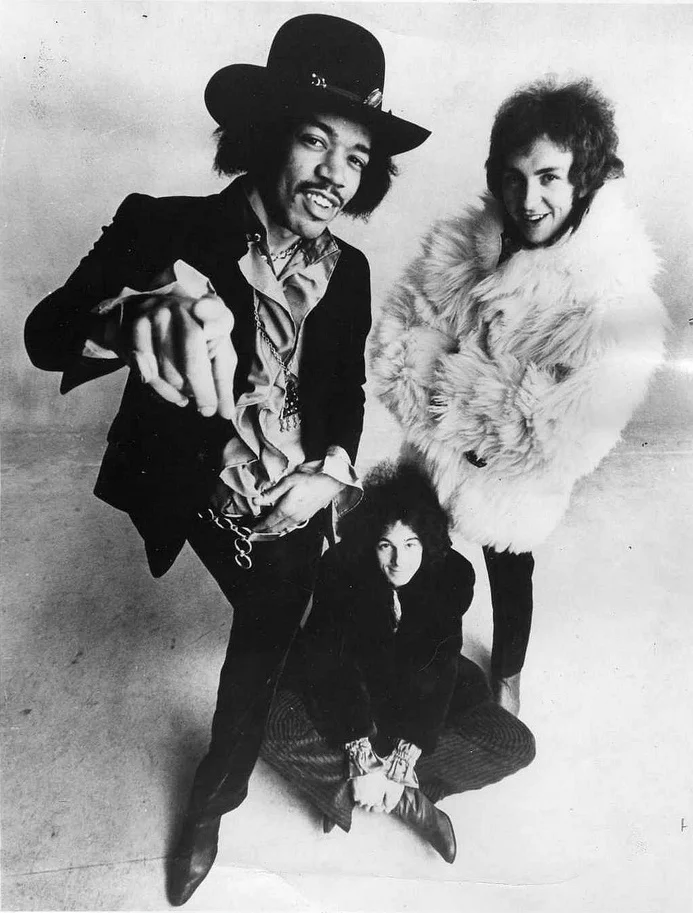Almond
The almond in Longtooth gin, albeit subtle, calls to mind the creamy, slightly vanilla-tinged exotic flavour of almond syrup and orgeat.
Mustard Seeds
These provide aromatic and surprisingly sweet spice notes.
Angelica
One of the most prevalent botanicals in gin, the root works as a binding agent as well as delivering a subtle earthy flavour. Angelica is also found in Chartreuse.
Coriander
Coriander seeds provide the 'high citrus' notes towards the end of the taste.
Chicory
Chicory gives the gin a complex earthy spice build with a subtle but intense balance across the taste.
Orange
The oils from orange skin are leeched out into the spirit, giving a distinctive citrus glow.
Cassia
Cassia imparts a subtle, cinnamon-like aroma. It has a sweet, woody and warming flavour.
Orris
Orris comes from specific varieties of iris, namely Iris germanica, Iris florentina, and Iris pallida. Orris provides a base note to bind and stabilise the other aromas.
Juniper
Small but perfectly formed, juniper berries are an essential ingredient in one of the world’s best spirits.
Lemon
The aroma is initially reminiscent of candied peel, growing in the nose and becoming zesty and crisp – as though someone has grated the fruit into the bottle
Liquorice
A traditional sweetener in gin, liquorice root was used when sugar was prohibitively expensive during the 1700s. A soft, hay-like wood taste comes through.
Cinnamon
Cinnamon, or botanically speaking Cinnamomum verum is often referred to as true cinnamon.
